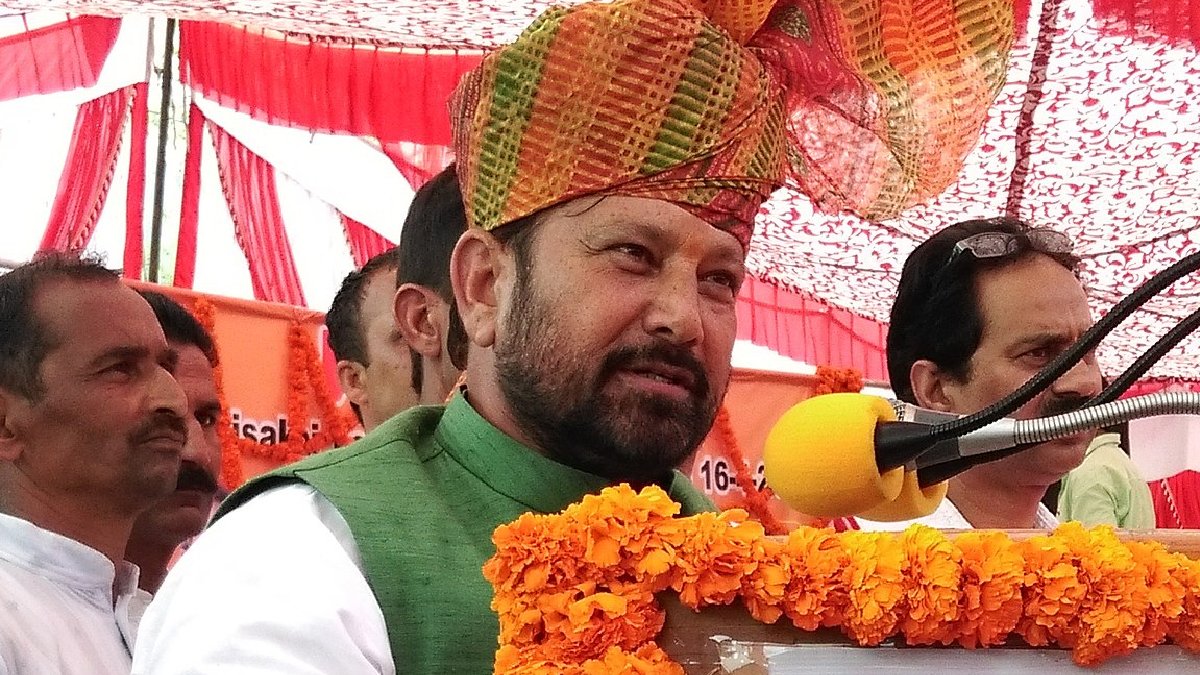Scientists mimic bacteria to produce magnetic nanoparticles
Washington, April 15 : Scientists have mimicked bacteria to produce magnetic nanoparticles that could be used for drug targeting and delivery in magnetic inks and high-density memory devices, or as magnetic seals in motors.
The procedure was carried out by a group of researchers at the US Department of Energy's Ames Laboratory.
Commercial room-temperature synthesis of ferromagnetic nanoparticles is difficult because the particles form rapidly, resulting in agglomerated clusters of particles with less than ideal crystalline and magnetic properties.
Also, as particles get smaller, their magnetic properties, particularly with regard to temperature, also diminish.
However, several strains of bacteria produce magnetite (Fe3O4) - fine, uniform nanoparticles that have desirable magnetic properties.
These magnetotactic bacteria use a protein to form crystalline particles about 50 nanometers in size. These crystals are bound by membranes to form chains of particles which the bacteria use like a compass needle to orient themselves with the Earth's magnetic field.
To see if researchers could learn from the bacteria, Surya Mallapragada, Ames Laboratory Materials Chemistry and Biomolecular Materials program director, pulled together a team that included microbiologists, biochemists, material chemists, chemical engineers, materials scientists and physicists from Ames Laboratory and Iowa State University.
As a starting point, from the University of Nevada-Las Vegas, isolated several strains of magnetotactic bacteria for use in the study.
Based on earlier work by a Japanese research team, Ames Laboratory biochemist Marit Nilsen-Hamilton looked at several proteins known to bind iron, including Mms6 found in magnetotactic bacteria, which she cloned from the bacteria.
"This protein is associated with the membranes that surround the magnetite crystals, and each bacterium appears to make particles with their own unique crystal structure," said Nilsen-Hamilton.
Ames Lab chemist Tanya Prozorov tried synthesizing crystals, using the proteins with various concentrations of reagents in an aqueous solution, but the particles formed quickly, were small and lacked specific crystal morphology.
At the suggestion of Ames Lab senior physicist Paul Canfield, the team used polymer gels developed by Mallapragada and Balaji Narasimhan, to slow down the reaction and help control formation of the nanocrystals and minimize aggregation.
Prozorov also conducted electron microscopy analysis of the synthetic nanoparticles which showed that Mms6 produced well-formed, faceted crystals resembling those produced naturally by the bacteria.
Powder X-ray diffraction studies verified the crystal structure of the particles.
Ames Lab physicist Ruslan Prozorov, tested the magnetic properties of the synthetic crystals which also showed striking similarities to the bacteria-produced crystals and bulk magnetite.
The magnetic studies also showed that the "chains" of particles formed by the bacteria had a much sharper magnetic transition definition at a higher temperature than single crystals.
ANI


 Click it and Unblock the Notifications
Click it and Unblock the Notifications




